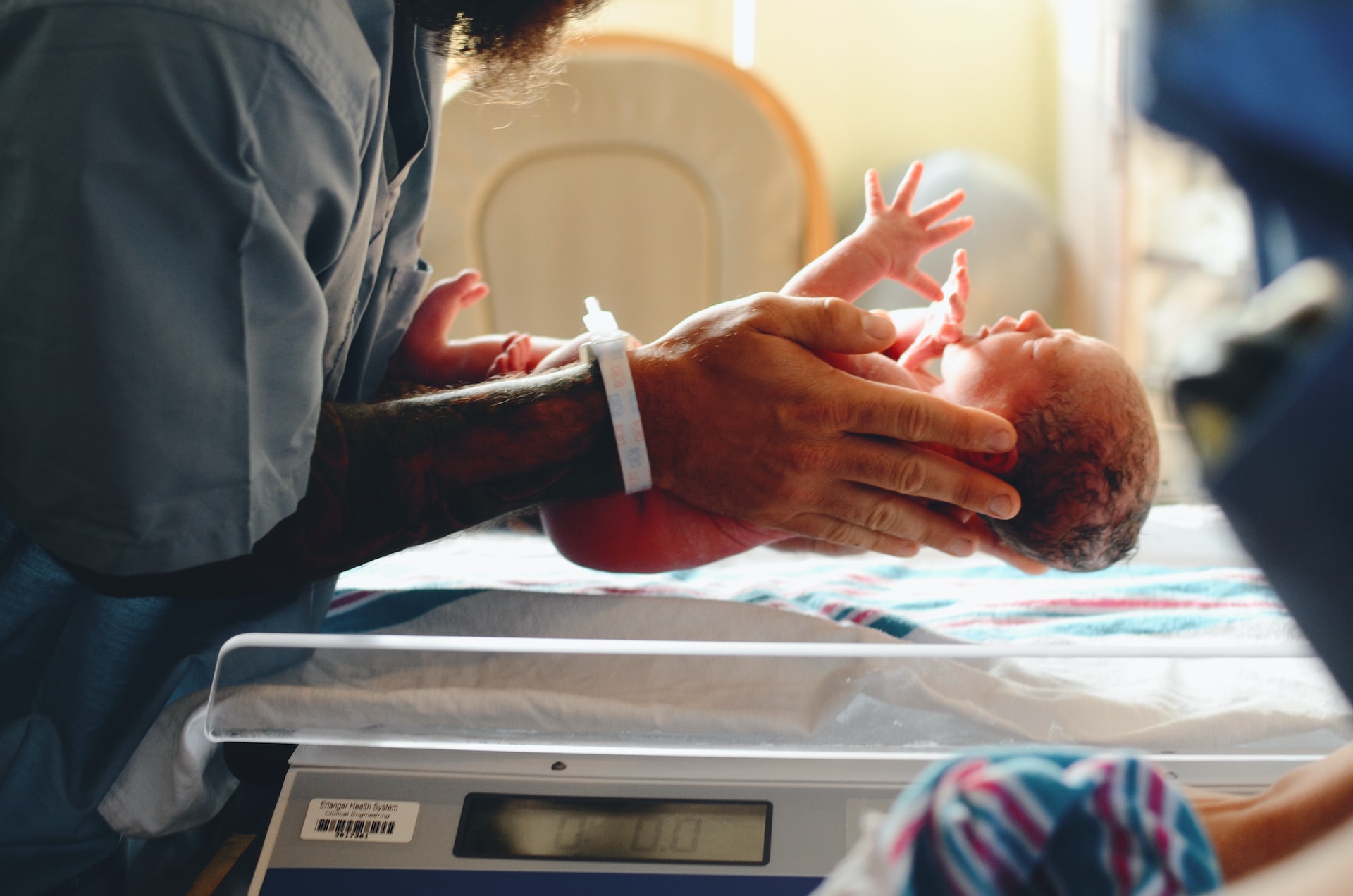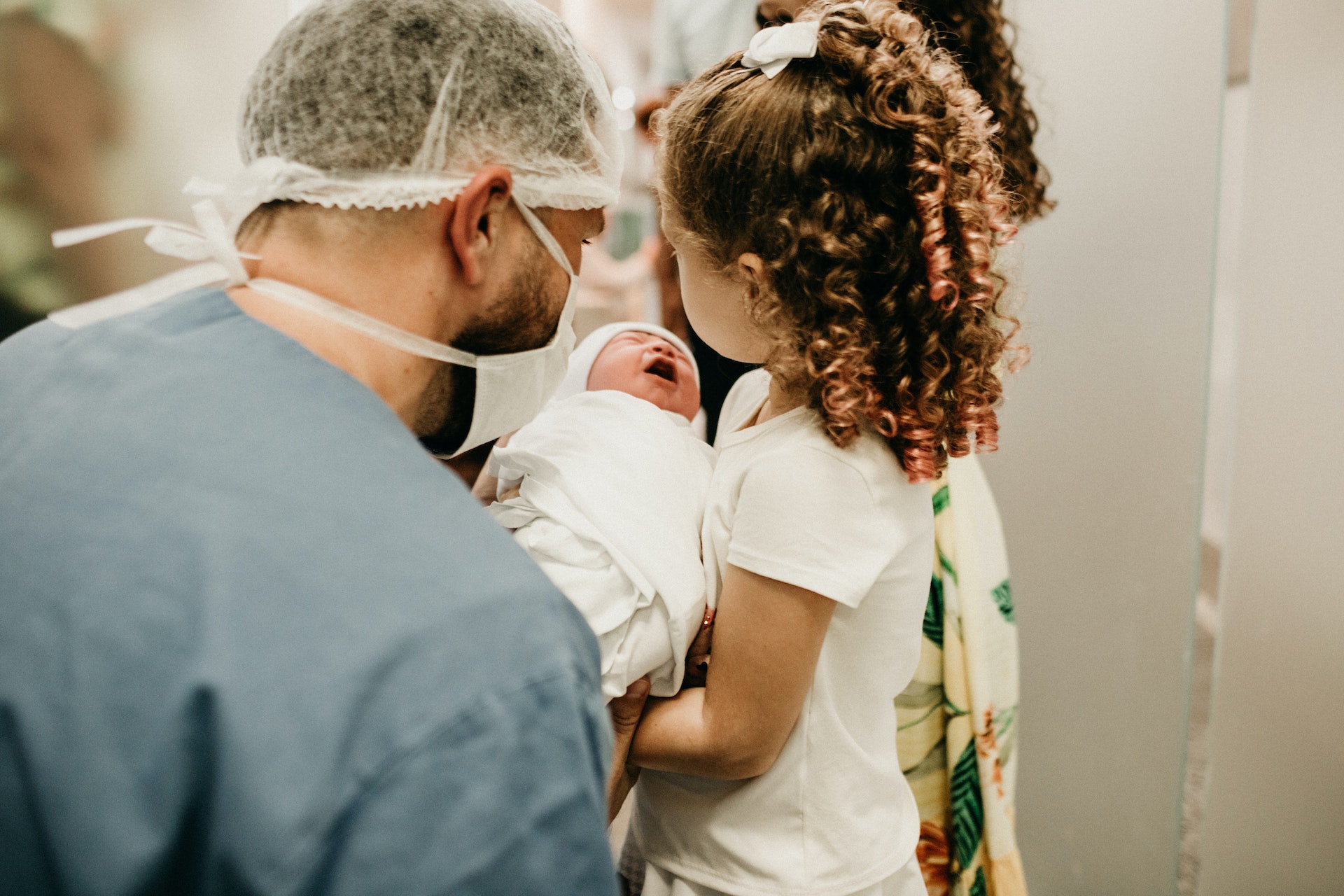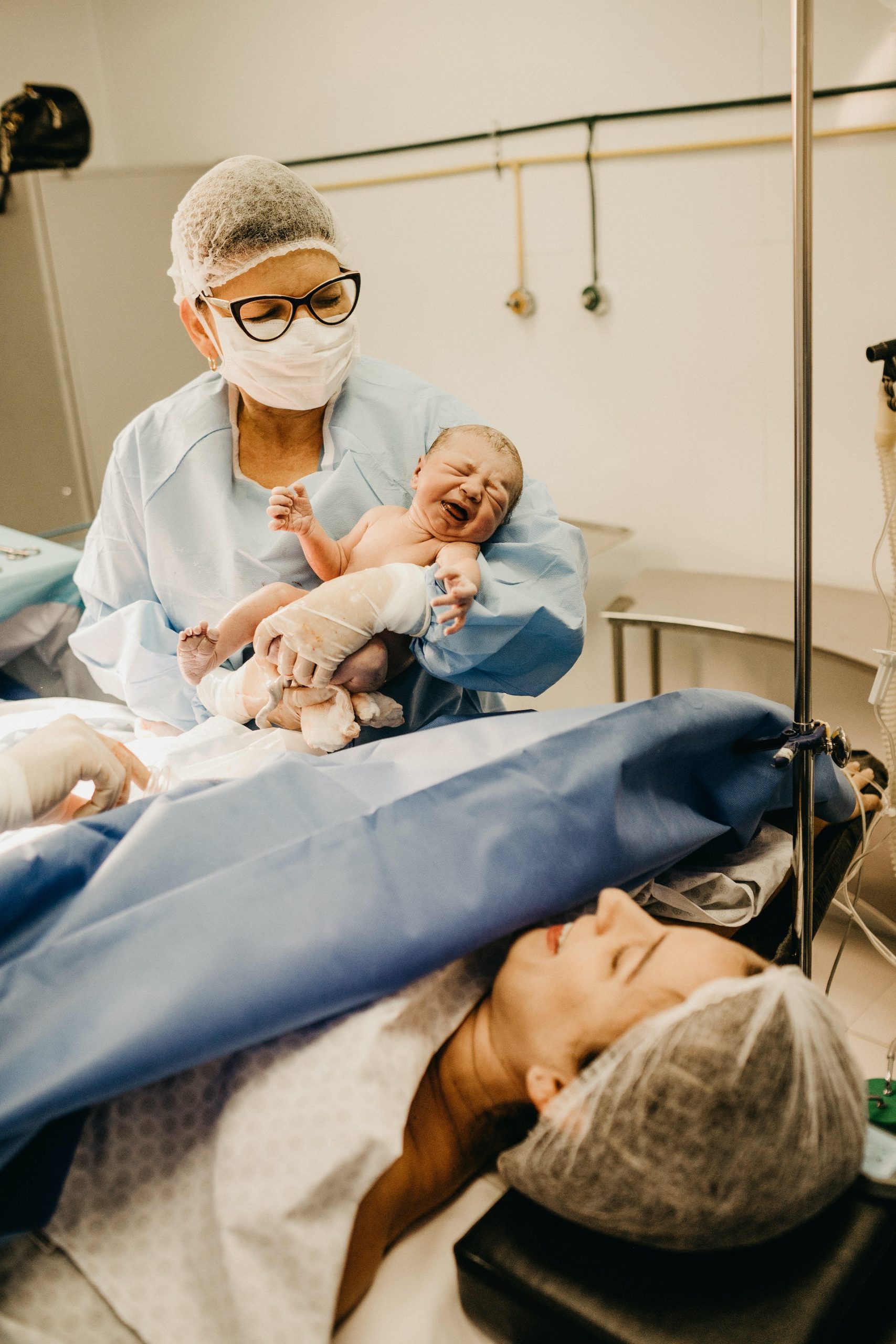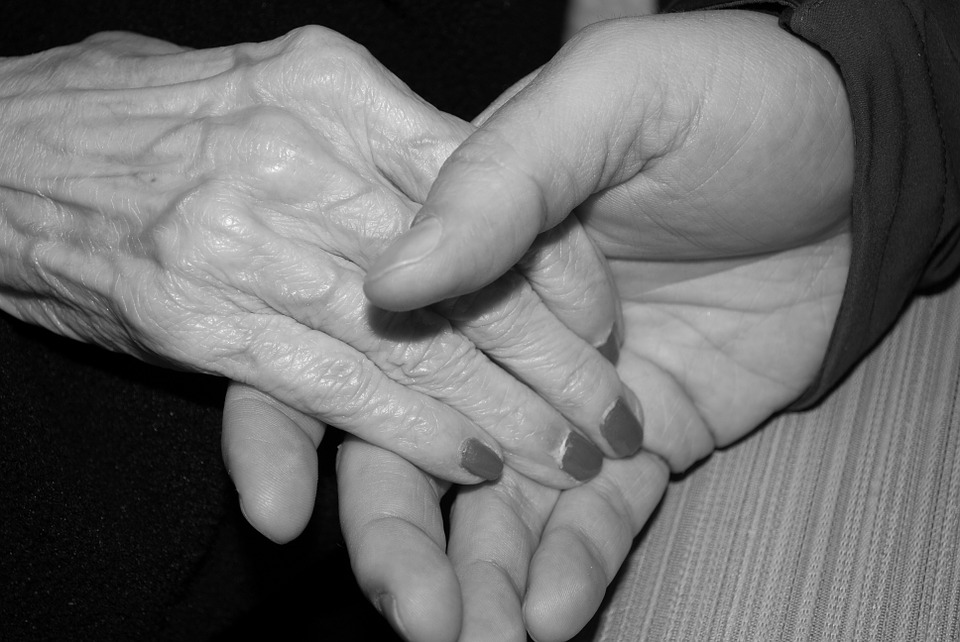Birth Centers: An Alternative Solution
Giving birth in a warm environment reminiscent of the comfort of home, benefiting from the support of the midwife who accompanied the progress of the pregnancy, without being hindered by multiple medical devices… Birth centers respond appropriately to these expectations expressed by a growing number of women.
Everything you need to know with our tip.
Childbirth is a highly medicalized event.

For decades, almost all women have given birth in a medical environment, in hospitals and clinics. The management of this moment is translated by:
Install a monitor to follow the contractions and the baby’s heartbeat. The woman must remain to lie down.
The installation of an infusion to be able to inject various drugs at any time. It also hinders freedom of movement.
The almost systematic use of epidurals. If this anesthesia allows you to no longer feel the pain of contractions, it can slow down labor and cut the woman off from the sensations of her body.
In half of the cases, an artificial rupture of the water bag.
Sometimes the labor induction using hormones is not always medically justified.
The performance of medical procedures that are not harmless, such as episiotomy, the use of instruments to facilitate the baby’s exit, etc.
Couples sometimes find it challenging to appropriate this moment, suffering more than fully experienced. If these acts have a medical interest, their systematization tends to dehumanize birth. And the dimension of economic profitability sometimes leads to rushing specific processes to the detriment of the parent’s comfort.
In principle, pregnant women whose home is more than 45 minutes from a gynecology-obstetrics unit can have access to temporary non-medicalized accommodation for five consecutive nights preceding the expected delivery date. Health insurance reimburses this service.
Birth centers: an alternative solution

Birthing centers represent an alternative solution between home birth and maternity birth. They offer a framework for a less medicalized, more natural birth while guaranteeing close support by professionals and good safety conditions for mother and child.
They provide follow-up during pregnancy, delivery, and the postnatal phase: help in setting up breastfeeding, monitoring the baby, perineal rehabilitation of the mother, etc.
Note: birthing centers also offer birth and parenthood preparation sessions.
Good to know: birthing centers do not take charge of women with multiple pregnancies or scarred uteruses. Similarly, they do not provide care for obstetrical emergencies.
Management by autonomous midwives
Women’s medical care is not provided by gynecologists but by midwives. They can:
- monitor the development of the fetus and the health of the mother-to-be, and detect any pathologies or complications;
- prescribe the necessary examinations and possible medication.
One or sometimes two midwives follow each woman to create a close and reassuring relationship.
A physiological birth
Birth in a birthing center is only possible for women whose pregnancy usually is going. It takes place without anesthesia: various specific equipment is offered to women to facilitate labor and relaxation, such as bathtubs, balloons to work the pelvis, devices to hang, swing, etc.
Unhindered by medical devices, women can move freely to facilitate the dilation of the cervix and find the most suitable positions to relieve the pain of contractions.
At the expulsion time, more physiological positions than the classic gynecological position are proposed on the side, squatting, thanks to a stool…
Good to know: women generally stay 12 hours at the birth center at the time of delivery and then return home, where the referring midwife visits them regularly.
Birth centers are always associated with a partner maternity hospital to allow immediate medical care in an emergency.
Good to know: Existential birthing centers around the world
There are birth centers across the globe, notably in the United States, where they appeared in 1975, Canada, Australia, and various European countries (Germany, United Kingdom, Belgium, Sweden, Netherlands, etc.).







